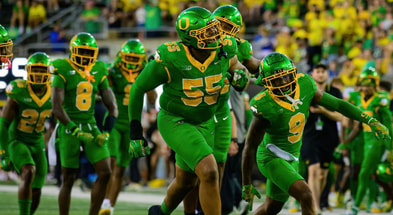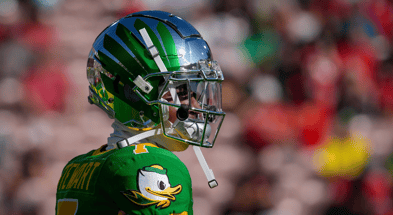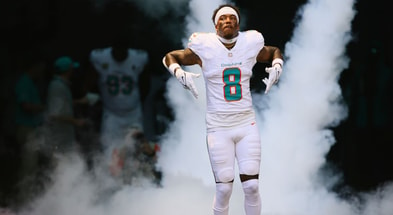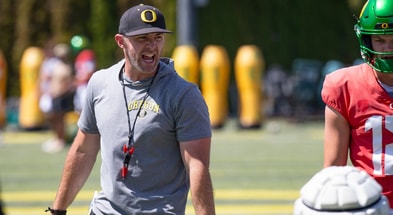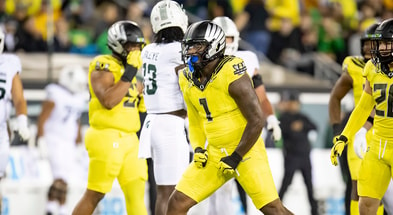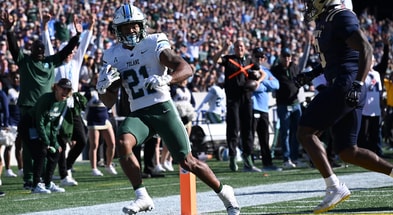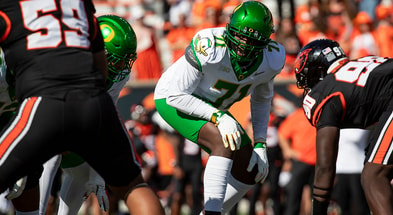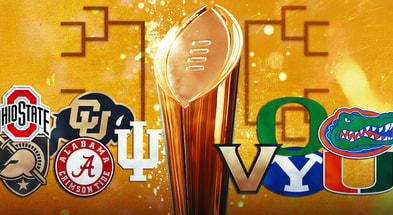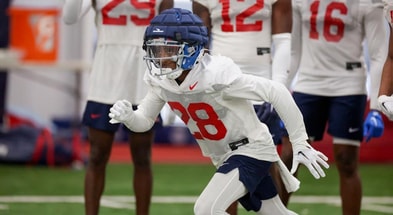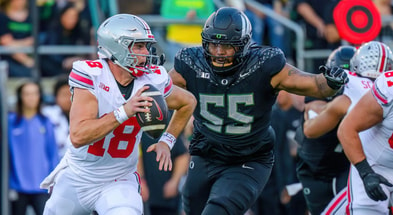CFB 25 Road to Glory Deep Dive
EA Sports released a variety of information on the Road to Glory mode in the upcoming CFB 25 video game.
I’ve synthesized the information so you don’t have to.
What follows are details users will want to know as well as my thoughts on some of the features.
Enjoy.

Starting Builds:
When starting a new Road to Glory, users will be able to select from four recruit statuses including a two-star “underdog”, a three-star “contributor”, a four-star “blue chip”, and a five-star “elite” build.
The setting a user picks will start them off at a 60, 67, 75, or 79 overall rating, respectively.
This gives users some control over their player’s storyline as well as the difficulty of a particular player’s path.
I like the customizable element to this as, in previous years, users started off unrated then accumulated stars as they played their high school senior season.
Position Choices:
Unfortunately for users, only a select few positions will be available for use in Road to Glory.
Users can choose to be a quarterback, running back, wide receiver, middle linebacker, or cornerback.
Anyone who wants to be, for instance, a tight end or an edge rusher will be out of luck.
While it’s easy to imagine that many more people will want to play a skill position than in the trenches, the option would’ve been nice.
Archetypes:
In a feature reminiscent of NBA 2K’s career mode, users will be able to pick from a few different archetypes in whatever position they choose.
Quarterbacks, for instance, will be able to choose from a field general, scrambler, or improviser build that will affect starting ratings as well as how high a user can upgrade each rating.
Customization:
As in previous years, a player’s name, hometown, equipment, and more will be customizable at the outset of Road to Glory.
Some of these features will also be adjustable during a Road to Glory.
Abilities:
Users can equip a mental ability in three separate categories that will give their player certain advantages during Road to Glory.
The categories are academics, brand, and leadership.
Users can upgrade these abilities over time which should give an added layer of personalization to a player.
There will also be physical abilities that are adjustable, but fewer specifics were provided on these.
Off-Field Management:
Users will be able to control a player’s interactions with coaches, media, scouts, recruiters, and more through text communications and visits.
This is a nice touch that wasn’t present in the last CFB game and will give users the option to build out their own personal brand, for better or worse.
Signing Day:
Players will accumulate college offers during their high school time, with different schools representing different advantages and disadvantages.
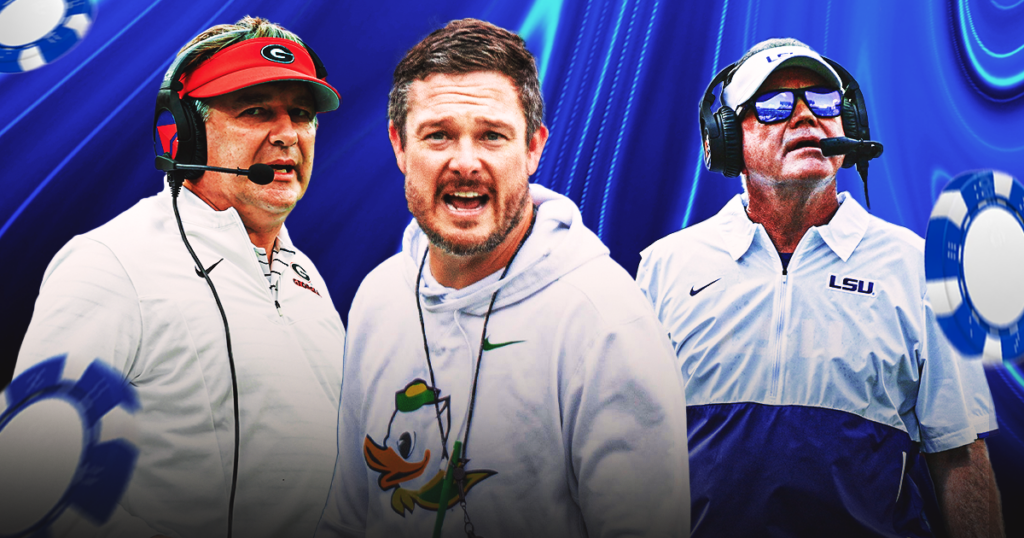
College Seasons:
Users will have a weekly task list once they land at their school which includes player upgrades, practice, the weekly agenda, and playing that week’s game.
This is reminiscent of the Madden career mode where there are a few things users should be doing to optimize both their player and the user experience throughout the season instead of just playing games.
Practice:
A variety of drills can be run depending on a player’s position.
Each of these will enhance certain abilities and ratings, more so if a user executes the drills well.
This also reminds me of Madden where points are accumulated by successfully running through drills throughout the week.
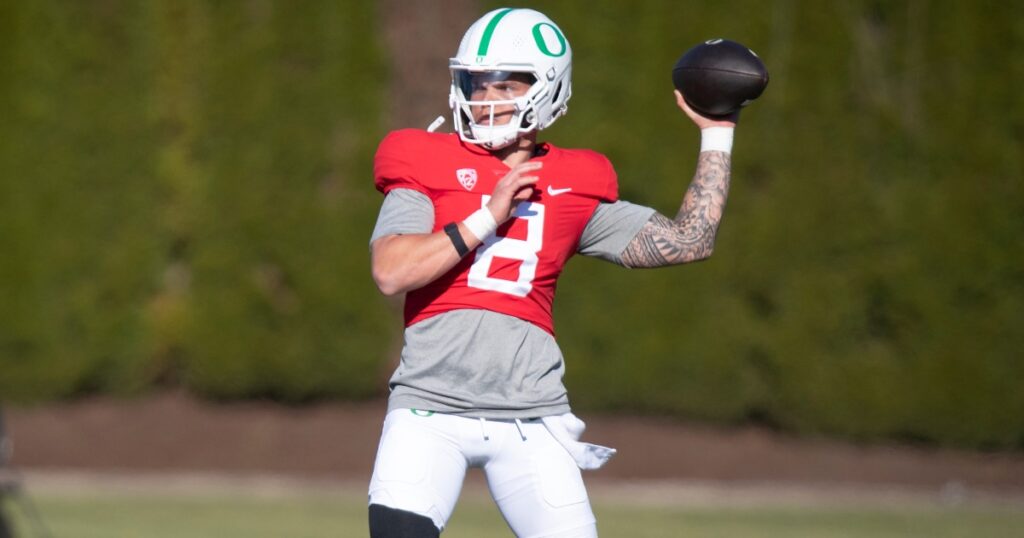
Weekly Agenda:
A player’s ratings in a few different categories will update weekly according to how a user conducts their player.
These include academic preparedness, leadership, health, training, and brand.
I was excited to see this as it makes users prioritize different aspects of their experience based on needs and wants.
Different measures can be taken to improve ratings in these areas, and neglecting an area consistently will lead to its rating becoming worse over time.
Relationships:
A series of interactions will be had with teammates, coaches, and NFL scouts over a player’s college time.
Different choices will affect their story line as well as proficiency in the Weekly Agenda categories with benefits and drawbacks to each.
I think this is a nice touch that makes the mode more diverse in its outcomes and gives users more control over how they want their player to be known.
Top 10
- 1Breaking
Darian DeVries
Indiana set to hire WVU HC
- 2
EA Sports CFB 26
Doubles pay to players in appearing in game
- 3Hot
Jay Bilas
Reveals his bracket, upsets
- 4Trending
Mel Kiper
Mock Draft 3.0
- 5
Ryan Williams
Trolls Auburn, reveals bracket
Get the On3 Top 10 to your inbox every morning
By clicking "Subscribe to Newsletter", I agree to On3's Privacy Notice, Terms, and use of my personal information described therein.
NIL:
Users will now field name, image, and likeness offers which affect their player’s brand as well as points available to be spent on upgrades.
I like that the EA Sports developers integrated new facets of college football into the game to reflect real-world situations.
Some have criticized EA for having shallow career modes that don’t keep up with trends and/or have minimal impact on their player’s career.
Fortunately for users, it doesn’t look like that will be the case here.

Position Battles:
Users will have to fend off depth chart competition over their time in college including transfers, new recruits, and players already on the roster.
Coach trust will determine a player’s starting status and can be earned through good performance in interactions and weekly agenda items.
EA Sports says depth chart battles will be continuous, but my guess is that users will have a hard time losing their starting spot once they get it.
More continuous competition would be a nice touch but on the other hand losing your spot to a transfer would be frustrating for most.
Upgrades:
In perhaps the most critical aspect of the mode, users will spend points they earn on rating upgrades.
The starting levels and maximum ratings will be determined by a combination of recruit rating, archetype, and accumulation of points.
This is similar to NBA 2K’s attribute upgrades which level up players in a similar points-based system.
Key Moments:
Users will be able to choose between playing entire games or just key moments, with point accumulation matching the amount a user plays.
While it could be tempting to simulate through early games and FCS matchups, I recommend users play entire games as it will enhance player development and further immerse users in the game.
Play-calling:
At the outset, users will have little control over their team’s play selection, but this will increase or decrease over time as a user either builds or wears down coach trust.
I wasn’t expecting this feature but it adds some accountability to the mode which I think will be valuable.

Transfer Portal:
At the end of each season, users will be able to elect to transfer to a different school.
This is another instance of EA Sports doing a good job of updating CFB 25 to match reality.
This feature will function similarly to signing day and will have certain benefits and drawbacks depending on where, or if, a player transfers.
Summary:
While some aspects of Road to Glory feel somewhat derivative of games like Madden and NBA 2K, I think the EA developers did a good job of updating the mode and giving it adequate depth.
It would’ve been easy to make this single-player mode shallow and unenriching but judging from what we’ve been told, it seems like Road to Glory will be neither.

